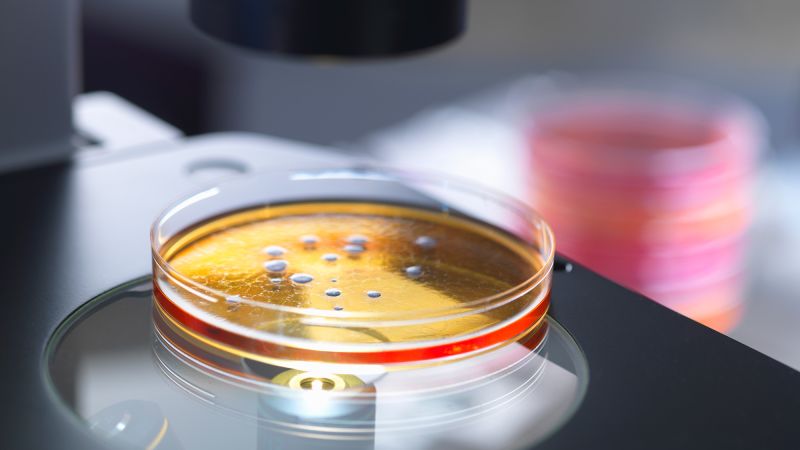In a remarkable collaboration, a team of 38 scientists from nine different countries has raised significant concerns regarding the potential emergence of synthetic organisms, specifically “mirror bacteria.” These bacteria, characterized by a reversed molecular structure compared to existing life forms, pose grave risks to humans, animals, and plants. Researchers warn that the creation of these organisms could expose the world to dangerous pathogens that could disrupt ecological and public health systems.
Although the technology and understanding necessary to engineer mirror bacteria remain theoretically a decade or so away, the researchers argue that the risks involved in this new field of synthetic biology are unprecedented. In a report featured in the December 12 issue of the journal *Science*, the scientists expressed their alarm over what they see as overlooked dangers associated with these hypothetical life forms. Driven by scientific curiosity and the pursuit of potentially beneficial applications, some researchers have begun exploring the creation of lifeforms made solely from mirror-image biological molecules.
The report emphasizes that the introduction of mirror organisms would represent a fundamental shift from any form of life known to humankind. The authors, who include experts in diverse fields ranging from immunology and plant pathology to planetary sciences, stress that the creation of such organisms warrants intense scrutiny and ethical consideration. One of the fundamental characteristics of known biological life is what is called chirality or handedness—this means that, for example, DNA and RNA are composed of specific types of right-handed nucleotides, and proteins are formed from left-handed amino acids. This unique feature indicates that molecules interact based on their chirality, which could lead to significant complications if mirror bacteria were to come into existence, affecting biological processes fundamentally.
Initially skeptical, the authors have now expressed deep concern about the prospect of manipulating biological life in this way. Jonathan Jones, a group leader at The Sainsbury Laboratory in Norwich, UK, highlighted the exceptional nature of the risks involved when he stated, “It’s a genie you don’t want to let out of the bottle.” He further noted that while the chances of anything detrimental occurring may be low, the repercussions of such an event could be catastrophic. This sentiment echoes the researchers’ consensus that, unless convincing evidence is presented to demonstrate that these mirror lifeforms would not pose extraordinary risks, efforts toward creating mirror bacteria should be strictly prohibited.
The concerns raised are grounded in a 300-page technical report released by the J. Craig Venter Institute, detailing the feasibility and potential hazards linked with the creation of mirror bacteria. According to this document, the ambition of producing mirror life forms is part of a broader research initiative to deepen our understanding of life itself and to explore new therapeutic avenues. It outlines that although creating mirror cells from mirror-image molecules is theoretically possible, the scientific and technical hurdles currently present are substantial.
The report also emphasizes that, even though no immediate threats exist, creating such organisms would require investment and effort on a scale similar to that of the Human Genome Project, which successfully mapped 92% of the human genome over a span of over a decade. The implications of creating mirror bacteria are profound; for instance, immune systems rely on recognizing certain molecular shapes present in invading bacteria. If these shapes were altered as they would be in mirror bacteria, the immune response could fail, leading to widespread vulnerabilities across various species, including humans.
Furthermore, the potential for mirror bacteria to act as invasive species raises alarm. The researchers argued that a mirror bacterium could severely disrupt ecosystems by causing lethal infections in a broad spectrum of life forms. The concern extends to how such bacteria could be transmitted through animals and humans into diverse environments, creating an insidious spread that compromises ecological balance.
Although Tom Ellis, a synthetic genome engineering professor at Imperial College, acknowledges the merit of the concerns raised by the report, he urges caution in drawing conclusions, stating that the research in this field remains very much in its infancy. He explained that despite trying to create synthetic life forms with non-mirror molecules for over a decade, the scientific community is still a long way from successfully developing self-sustaining cells that can evolve.
The consensus among the scientific community is clear: while the quest to understand and create synthetic life continues to captivate researchers, it is imperative to tread carefully in such uncharted territories. The potential ramifications of mirror bacteria warrant a proactive approach to monitoring and regulating future research endeavors in synthetic biology.



